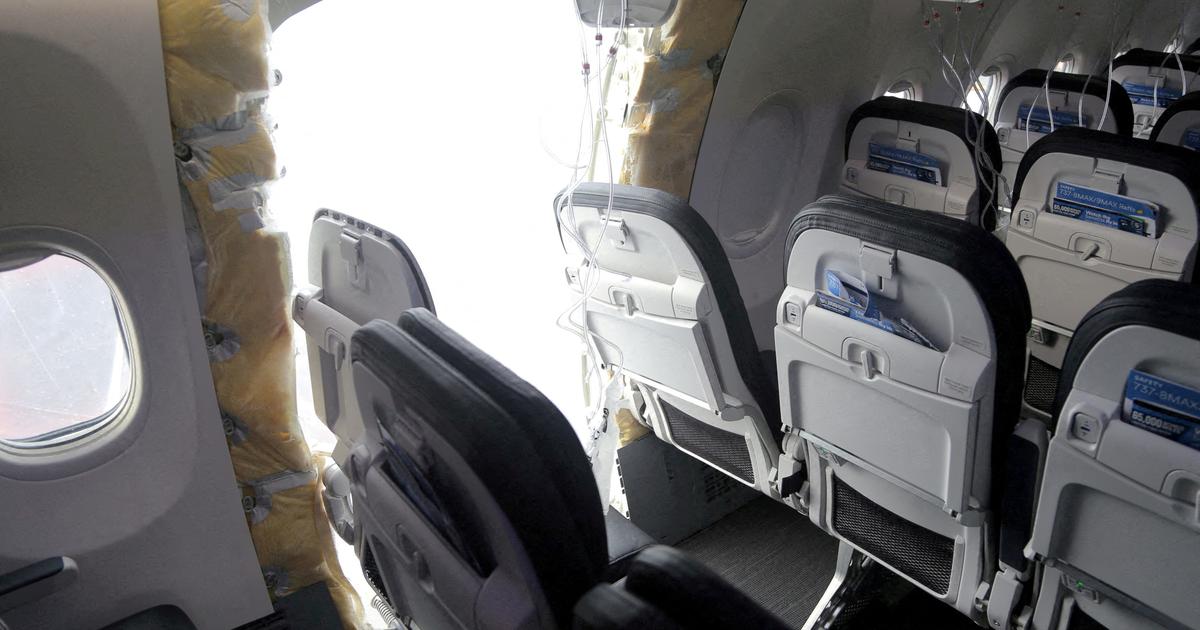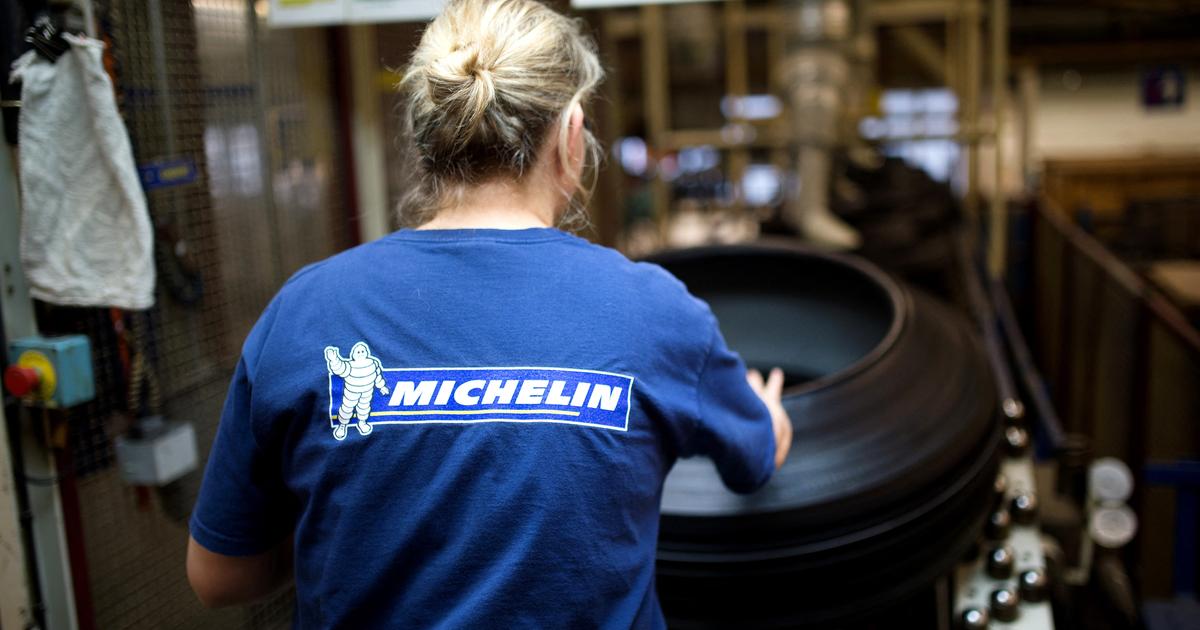Boeing will say goodbye definitively this Tuesday to its most emblematic model, the 747, after 55 years of production.
The American manufacturer plans to deliver the last unit to Atlas Air, dedicated to the transport of goods.
The aircraft, nicknamed
Queen of the Skies
and easily recognizable by its large front hump, was the first wide-body twin-aisle aircraft, a large aircraft that revolutionized commercial aviation in the 1970s by making intercontinental flights faster and more affordable. .
The general decline in demand for
jumbo jets
by airlines
is behind the decision of the manufacturer, which has been focused for years on the development of smaller and more versatile models, with less fuel consumption.
For experts and aficionados who associate the 747 with the heyday of aviation, it is the end of an era.
The first commercial route of the 747 was operated by PanAm in January 1970 between JFK airport (New York) and Heathrow (London).
Those first jumbo jets had the capacity to carry 370 passengers, a figure higher than the 200 passengers who had crossed the Atlantic on board an airplane until then.
Thus, with more passengers on the same flight, efficiency multiplied.
Later, almost in the eighties, the development of the so-called radial network in the aviation market —with large planes that connected the
hubs
primary and mediated aircraft to the final destination—gave a further boost to the 747, then the largest in the world.
With its 747-400, Boeing could fly up to 13,000 kilometers non-stop with around 420 passengers.
Direct competition came in 2007. Airbus, the great European rival of the North American company, launched the A380, a superplane with space for 615 seats that dethroned the 747 as the leader in capacity (the latest models of the 747 have capacity for about 568 passengers). .
But size has turned out to be an unbearable burden.
The four engines that power these jumbo jets require a lot of fuel.
More and more airlines are opting for more efficient, twin-engine, and lighter aircraft.
This is the case of the Airbus A350 and the Boeing 777, which can carry between 301 and 440 passengers.
The European company announced in 2019 the end of the manufacture of the A380 after its main client, Emirates, modified its orders to replace this model with other more efficient and smaller ones.
First class on a Boeing 747, in 1971. Airline: style at 30,000 feet
Boeing has followed the same steps.
The last 747 it sold for passenger transportation was to Korean Air Lines in 2017. After that, it was used for cargo.
In the last five years only 30 units have been sold.
Despite everything, the company is preparing to celebrate the delivery of the latest model.
“Thousands of people, including current and former employees, customers and suppliers, will celebrate the handover at the factory built to produce this iconic aircraft,” according to a Boeing statement.
The device that will be delivered this Tuesday at the Everett plant (Washington state) is a 747-8 cargo.
With it, 1,574 devices of this model have been manufactured in the 55 years of production.
The 747 will not only go down in aviation history as the model that changed the way people fly half a century ago.
In the development of the model, under the direction of the chief designer, Joe Sutter, some 50,000 employees participated, from workers to mechanics, engineers and administrators.
The project was carried out in 28 months.
The plane has also become very popular for being the model chosen for Air Force One, the official plane of the President of the United States, adapted to his needs.

/cloudfront-eu-central-1.images.arcpublishing.com/prisa/3WK5FDB33EZ6DANX3Y2EVX5DFA.jpg)











